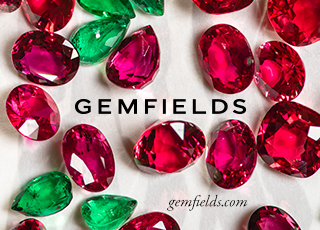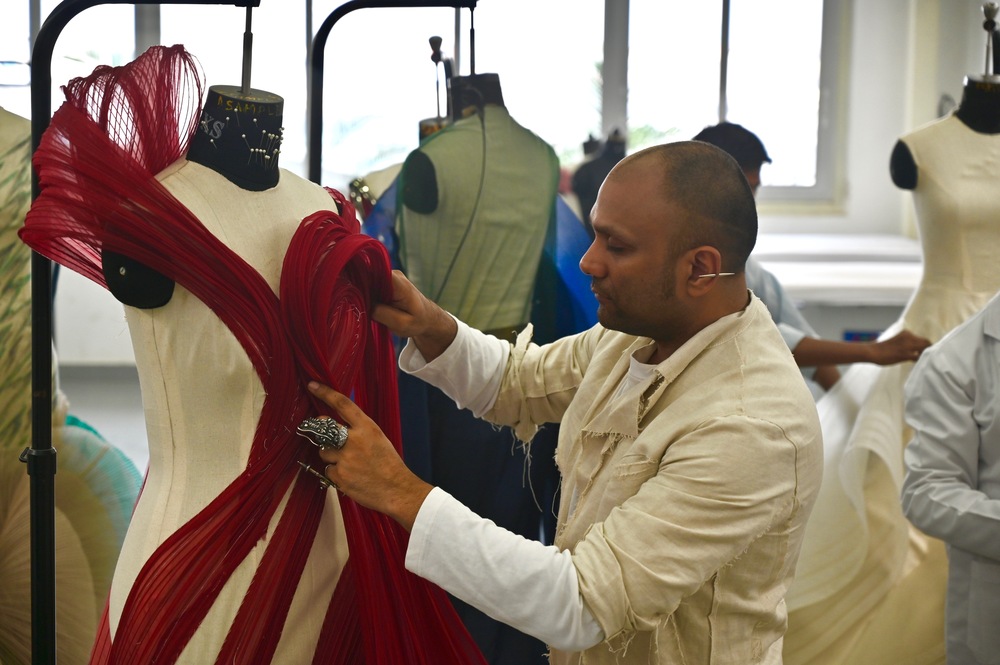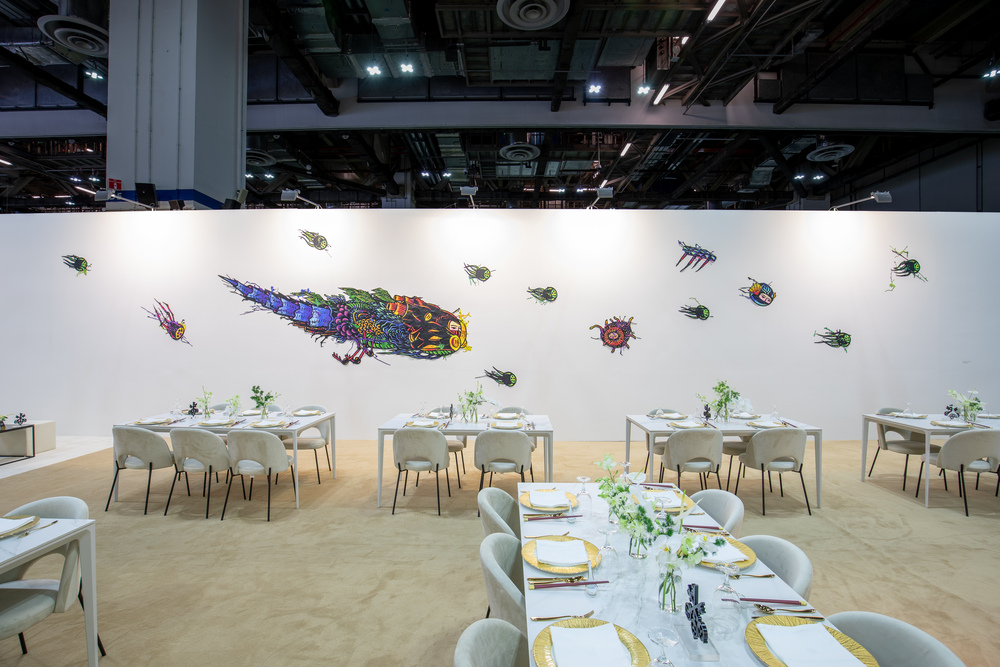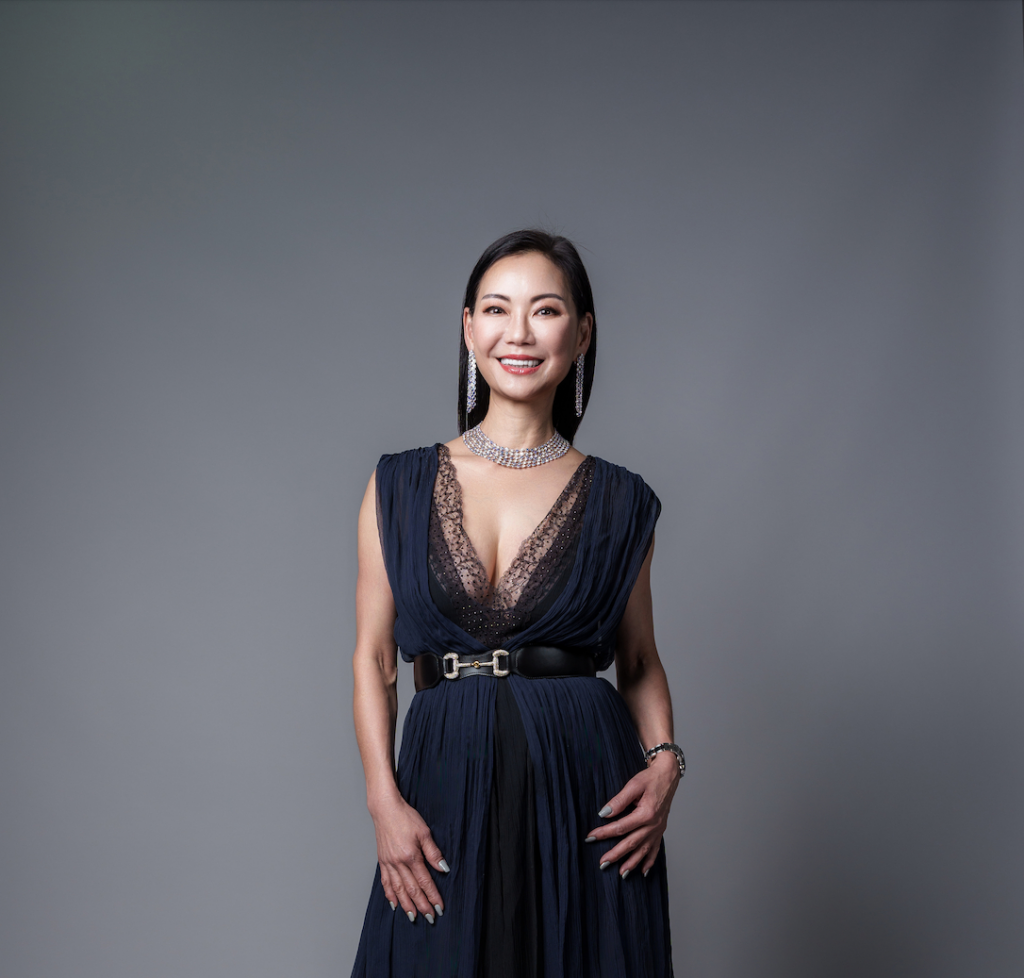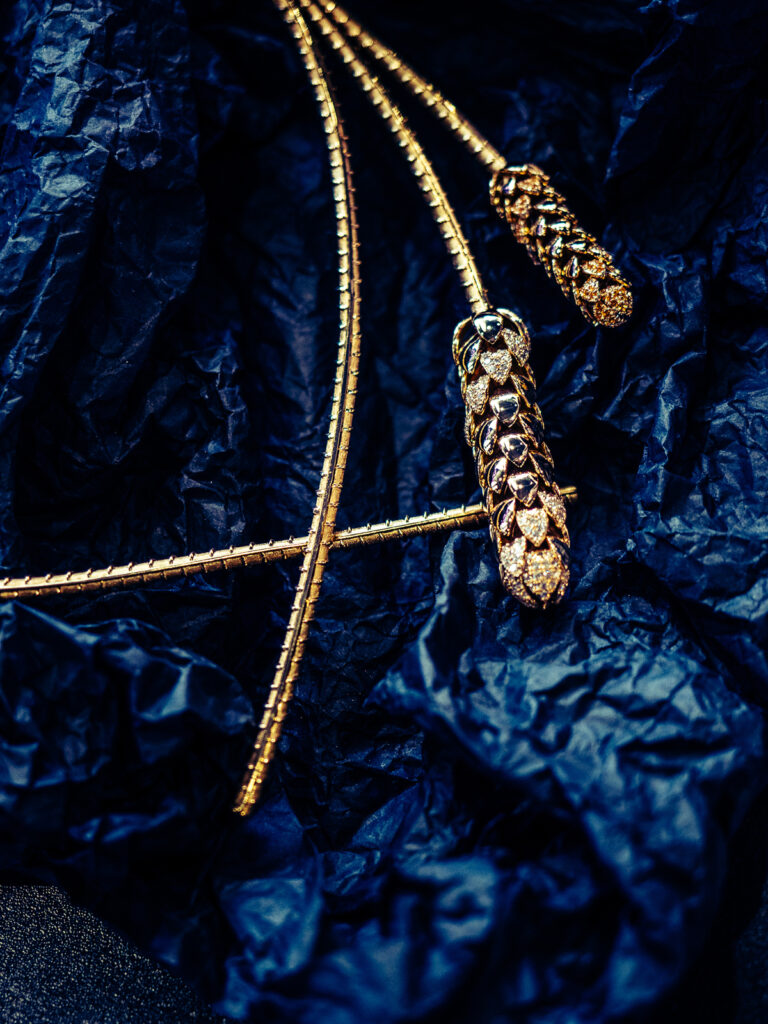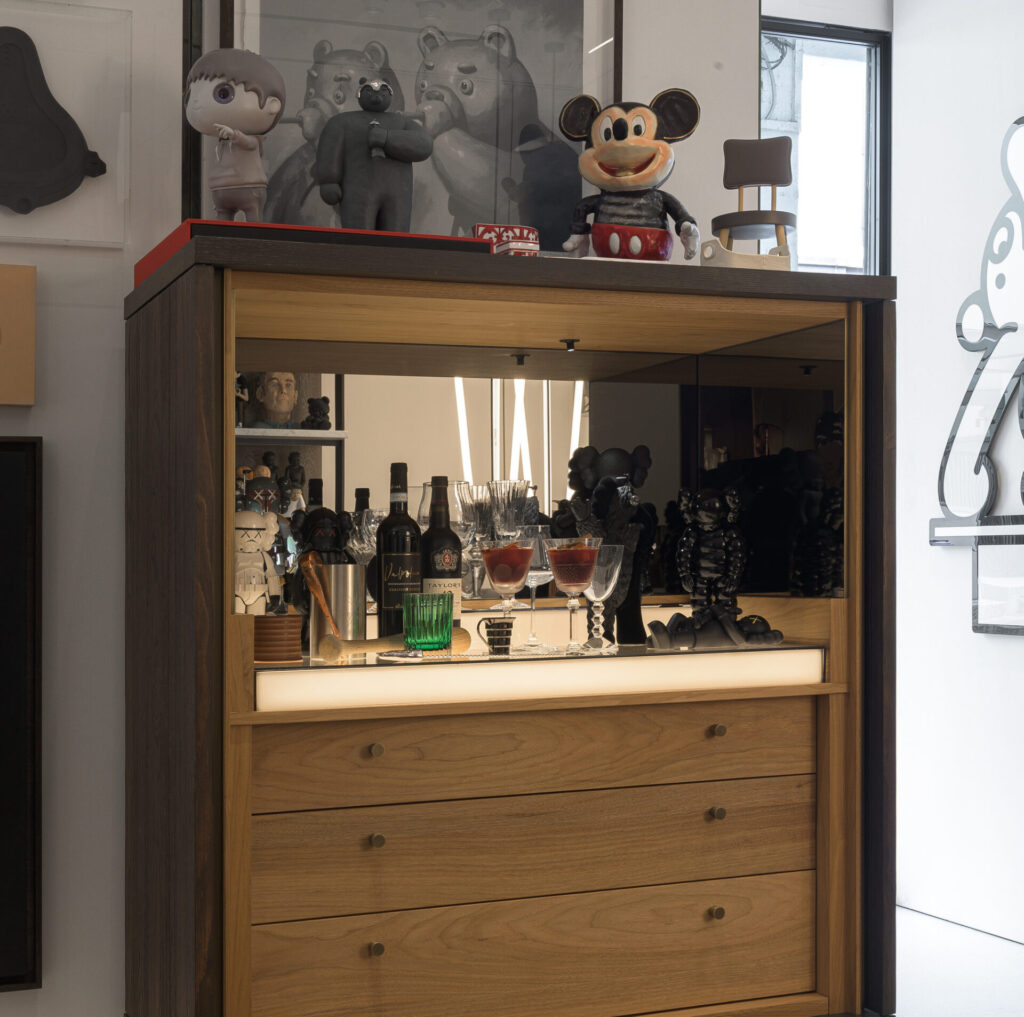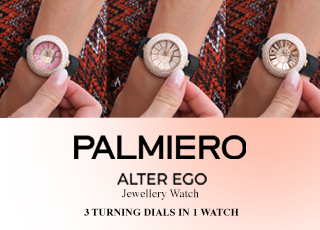Pearls have radiated beauty and purity for millennia. Amongst all precious gemstones, there are only a few ones produced by living organisms, and pearls are the most famous and lustrous of them all. Natural pearls are formed when an irritant or parasite becomes lodged in the tissue of an oyster. The oyster responds by secreting a calcium carbonate substance called nacre to coat the intruder, which, over a long period of time, forms a natural pearl. As natural pearls are next to impossible to find nowadays, the remaining ones will always come with a hefty price tag.

Human ingeniousness and intervention made possible the cultivation of pearls. Cultured pearls are real pearls, grown organically inside oysters in the same way as natural pearls, except that the ‘nucleus’ irritant is manually inserted into the oyster by the pearl farmer. Quicker but not easy, the process still requires pearl farmers to sort through 10,000 pearls before a 16-inch single strand of beautifully matched pearls is assembled.

Most natural pearl locations have now been turned into cultured pearl farms, and the pearls found from these locations have been named after either the location of origin, or their shape and size.

Freshwater Cultured Pearls
Freshwater pearls, as their name implies, are formed in freshwater mussels and are now primarily produced in China. Their colour depends on the type of mussel they come from, ranging from various pastel shades of white, cream, pink and peach, to black, purple and tangerine. Sizes can vary between 2mm and 13mm. Although larger sizes are very rare, the most common freshwater pearls found are between 4mm and 7mm. Not all freshwater pearls are spherical, but due to the high quality that they are produced in, even a small percentage of spherical pearls amount to large numbers. They are more affordable than Japanese Akoya, White South Sea or Black Tahitian pearls, but with improvement in technology and resultant increase in size and lustre, their prizes have started to rise.


Akoya Cultured Pearls
Akoya cultured pearls grow in their namesake Akoya oysters that live in the ocean, usually in protected lagoons. Known for their lustre and quality, they are more valuable than freshwater pearls. Nucleated with round beads, Akoya pearls are usually spherical and range from 2mm to 11mm in size. Anything above 10mm is rare because of the small sizes of the Akoya oyster. The non-spherical ones are baroque, semi baroque or even beads. The Akoya pearl is either white or cream in body colour and typically has a rose, cream or ivory overtone. These type of pearl may also be treated to achieve a black body colour.
Tahitian Cultured Pearls
One of the more fascinating pearls of recent times, Tahitian Pearls first appeared in the jewellery industry in mid-1970s. Coming from the islands of French Polynesia, they are in Black Lipped oysters. They are the only pearl to achieve a black body colour naturally and are typically very large, ranging from 9mm to 16mm, with a record breaking one at 26.95mm. Tahitian pearls, although mostly dark, can come in a wide range of hues, including black, gray, silver, green, blue and purple, even peacock colour. Their larger sizes, unusual colours, rarity and high production costs result in higher prices.

South Sea Cultured Pearls
South Sea pearls are saltwater pearls cultivated from oysters found in the South Seas, centering in Northern Australia and South East Asia. Their larger sizes of 9mm to 20mm, beautiful white, silver or gold colour, rarity and thicker nacre layer set them apart from other cultured pearls. South Sea pearls are often found in oval, button, drops, baroque and semi-baroque shapes.

Keshi Pearls
One of the most unusual types of pearl, Keshi pearls are not cultured pearls, but are a by-product of the culturing process. A Keshi pearl is formed when a previously cultured oyster spontaneously produces a pearl due to an irritant. Layers of nacre are secreted over this irritant, and a Keshi is formed in exactly the same way a natural pearl is formed. Due to the lack of a beaded nucleus, they often come in random shapes but are very lustrous. They are available in all sorts of beautiful colours, from blue and grey to yellow, white, green and even purple.


